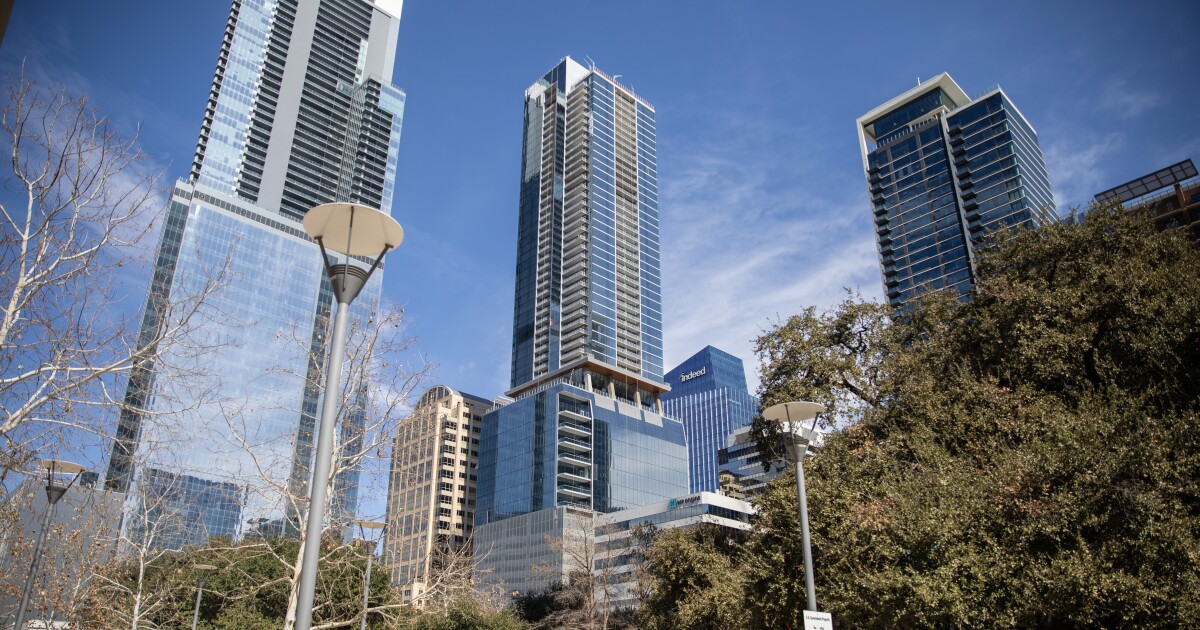
As interest rates have become more unpredictable, the shifts in financing expenses have had a number of ripple effects, causing mortgage lenders to seek out strategies for controlling the associated costs.
In one example of the effect of the shift, the inversion in the Treasury yield curve that has persisted for over a year - with long-term interest rates dropping below short-term rates - has limited the supply of certain loans. As a result, many lenders are trying to mitigate the impact of funding for mortgage pipelines, in some cases by hedging against rate-related losses.
Below, various players in the market offer perspectives on how rate swings are affecting them and offer their advice for combating the headwinds.
Funding mismatches are affecting the loan mixThe inversion in the yield curve has curtailed the supply of 10- and 20-year home loans, said Walt Schmidt, senior vice president and manager of the mortgage strategies group at FHN Financial.
"There's been virtually no origination of alternative 10- and 20-year products recently because with the inverted yield curve it doesn't make sense to take out a 20-year loan at a rate perhaps higher than a 30-year loan," he said.
That has frustrated certain buyers in the secondary markets.
"There are some investors that like these loans because of their convexity benefits, especially relative to 30-year products, but they can't find them," Schmidt said. "It's kind of an acute problem right now for some asset managers."
Also, while the banking crisis made it clear having longer-term assets with lower returns than shorter ones can be a problem for depositories, it should be noted that it's an issue for nonbanks too.
Players in this space fund pipelines of 30-year loans with shorter-term financing, said David Stevens, CEO of Mountain Lakes Consulting.
"We're seeing a lot of anomalies adding pressure to the market," said Stevens. "Long rates are lower than short rates and that, without question, impacts lenders with warehouse lines."
Bringing pipeline risk management back into focus With funding costs higher and margins thin, many in the industry are turning to hedging to minimize potential rate-related losses.
The principal benefit to hedging an origination pipeline is the economics, explained Mark Teteris, director, solutions specialists, at Optimal Blue, which brought back "by popular demand" its Hedging 101 webinar on Sept. 14.
In an industry where originators are dealing with making loans at a financial loss, if they feel they are producing enough volume, switching from best efforts in the secondary market to mandatory delivery can increase the gain-on-sale proceeds by between 20 basis points to 50 basis points; in early September it was about 45 basis points, Teteris said.
But using mandatory delivery, "one of the things that you incur is the interest rate risk while you're in the process of manufacturing the loan," Teteris said. "You would want to hedge in order to mitigate or offset that interest rate risk."
An inverted yield curve doesn't make it any more or less important for a lender to hedge. Nor does it affect how the hedge is carried out.
But "from a modeling perspective, when you have an inverted yield curve, those dynamics can impact your hedge analytics," he said. "You do need to account for that."
For example, originators need to measure the impact of the value of the float that they're receiving relative to mortgage servicing rights valuation. That's a significant component of the overall value of the loans in a lender's pipeline, Teteris said.
"That also impacts the MSR valuation in terms of the retain or release decisions that lenders have to make as they're looking to sell their loans into the secondary market," Teteris said. "It's important that you build that into your models."
Lenders have to pay attention to what's happening with the yield curve and model for it as they work their system, Teteris said.
Currently the most popular risk-management instrument is the to-be-announced mortgage-backed security of a similar duration to what is being hedged. These don't change because of the yield curve.
However, "the model analytics themselves do need to account for the interest column or the slope that's associated with the valuation of the servicing rights," Teteris explained. "You need to make sure that you are accounting for those changes in the yield curve, and that your model remains attuned to what's happening in the interest rate environment overall."
Hedging is not a one-size-fits-all activity. "Every company is going to have different dynamics in terms of what their pipeline consists of in terms of loan types, loan attributes and they need to account for all of that in their hedge modeling," Teteris said.
If all works well, companies should not lose money on their hedge; nor is it a profit center either.
"Hedging is designed, by its very nature, to be a revenue neutral activity," Teteris said. "If you manage it properly, that's the result that you should and will obtain and then you will benefit from the best effort to mandatory spread premium."
How hedging works in practice at one companyDuring a second quarter earnings call, William Greenberg, Two Harbors Investment's president and CEO, took a few minutes to explain the real estate investment trust's hedging strategy for its mortgage-backed securities portfolio with the inverted yield curve environment.
No matter if the curve is sloping upward or downward, Two Harbors is looking to "extract the spread between the asset yield and the equivalent duration risk-free instruments," Greenberg said. "We do believe that the shape of the yield curve can have what I will call second- or third-order effects in the performance of mortgage backed securities."
Most entities, especially banks, like an upward sloping curve because it results in more cash flow and allows investors to take on more duration risk.
MBS should perform better in such an environment, but that is hard to predict. Also, it is not really related to mechanics of hedging.
"If you look at really what are you trying to hedge — the cash flows you're trying to preserve and the yields you're trying to lock in — assuming you know the duration, that is independent of whether the curve is upward sloping or downward sloping," Greenberg said.
By hedging with financial instruments such as interest rate swaps, Two Harbors is looking to transform the funding from a short-term maturity to a longer-term maturity, eliminating the duration risk.
"When we're talking about an inverted yield curve, it's more illustrative to talk about the hedges as hedging the funding rates rather than hedging the duration gap for the asset, but they're two totally equivalent pictures," Greenberg noted.
That leaves the investor exposed purely to the spread between the yield on the asset and the yield on the risk free instrument with the equivalent maturity.
"That's what you're exposed to and could go up or down and your mark-to-market [on your balance sheet] will depend on those things," said Greenberg.
The hedge involves converting a fixed-rate asset into a floating rate one. The coupon on the floating rate asset is indexed to Secured Overnight Financing Rate plus a spread.
"What you really end up earning is SOFR plus a spread when you hedge if it all works properly," Greenberg noted.



